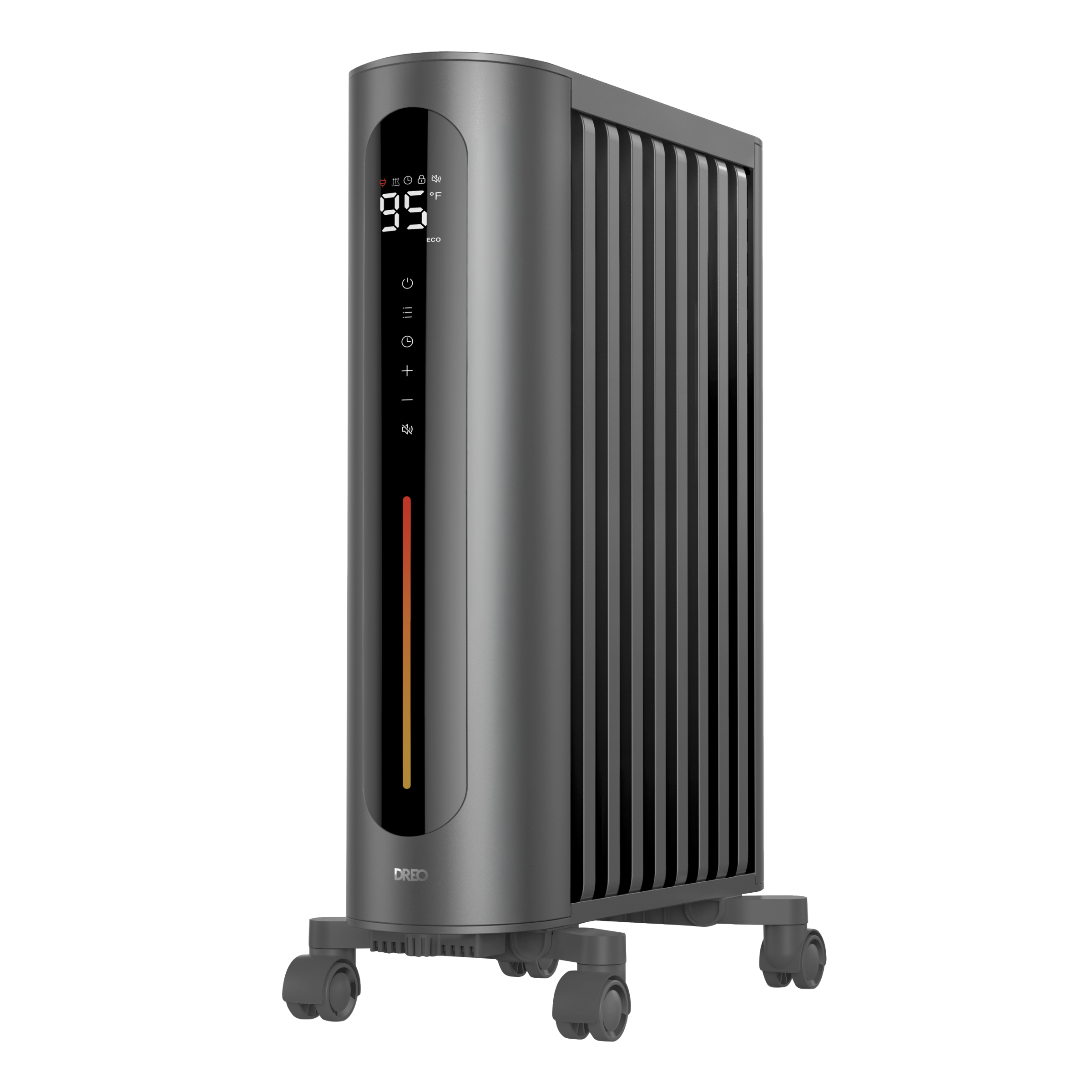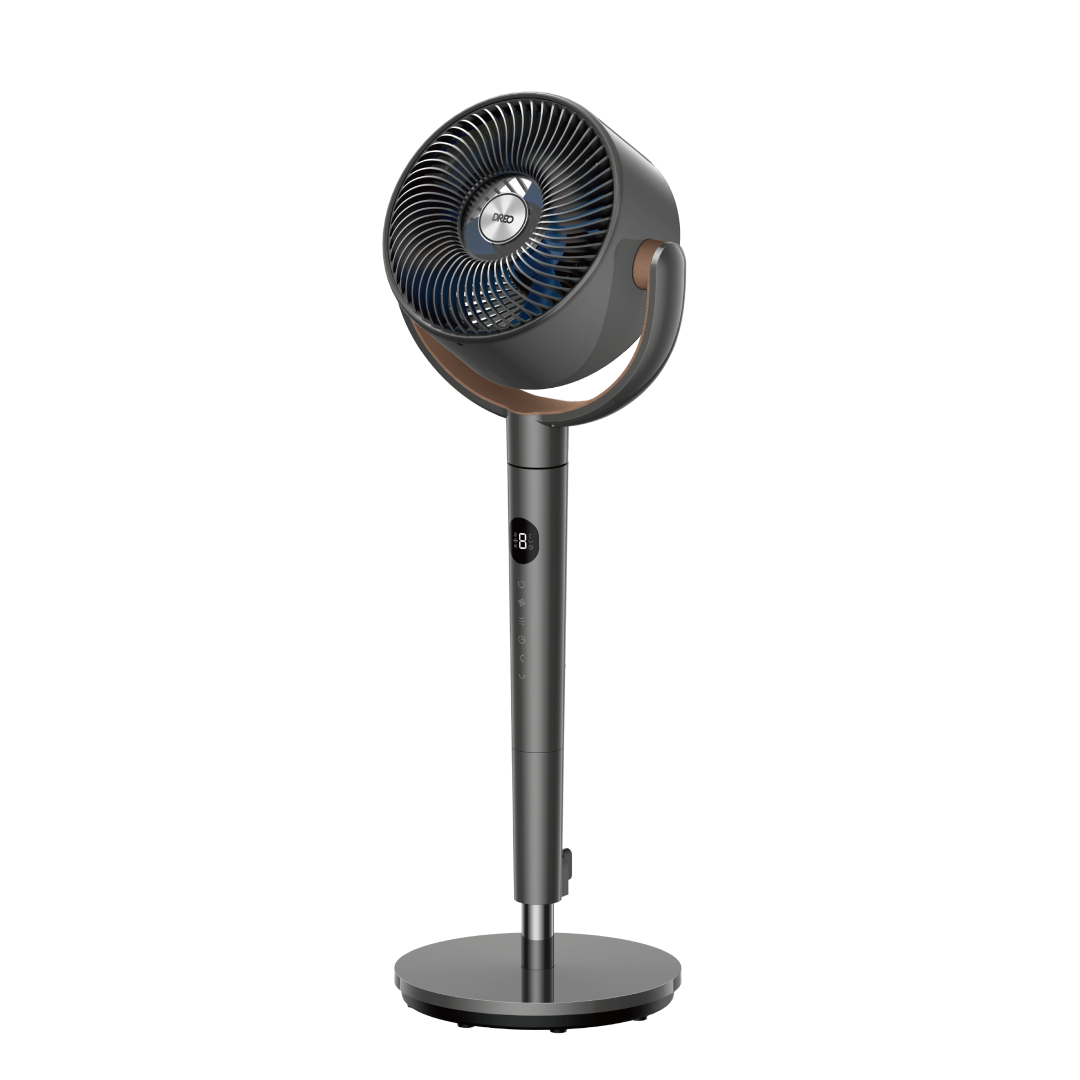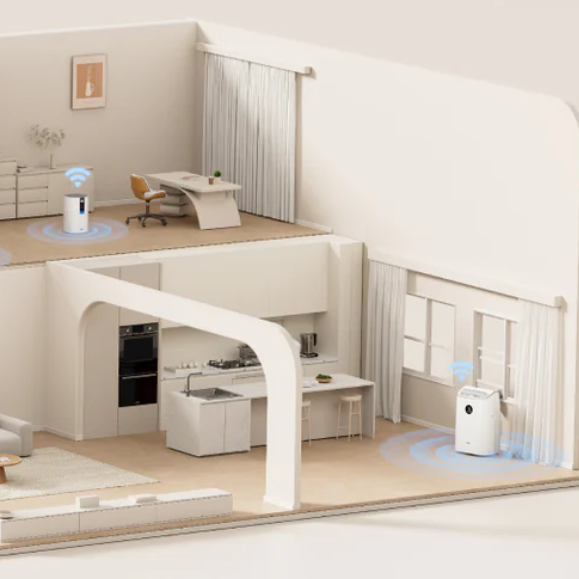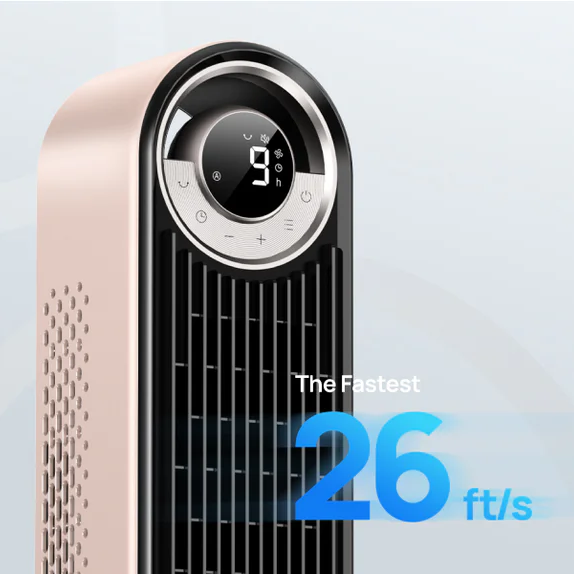When the heat kicks in, there's nothing quite like the relief of a portable air conditioner. Like any appliance, though, you might wonder: how long will it actually last?
In this post, we'll break it down in real terms, explore what affects the lifespan, and what you can do to keep your portable AC running efficiently for years.
The Lifespan of a Portable Air Conditioner
Most portable air conditioners are built to last for several years, but the actual lifespan can vary depending on how they're used and maintained. While that gives you a general idea, it's important to note that the longevity of your unit can be influenced by several key factors.
What Impacts a Portable AC's Lifespan?
Build Quality
The overall quality of your AC matters. Units made with durable materials and high-quality components last longer and perform better.
❌What Not to Do:
Don't buy cheap units with flimsy parts—they may break down more quickly and require frequent repairs.
Avoid overloading the unit with tasks it's not designed for, such as trying to cool large rooms with a small model.
✔ What to Do:
Choose an AC with the appropriate capacity for your room size to avoid overworking the system. For example, the
12,000 BTU
AC515S efficiently cools rooms up to 300 sq ft, while the
14,000 BTU
AC561S is suited for spaces up to 400 sq ft (based on ASHRAE standard). Using the right-sized unit ensures better performance and longer lifespan.
Usage Habits
How often and how intensely you use your AC significantly affects its lifespan. Using it efficiently helps reduce wear and tear, while overworking the unit can shorten its lifespan. To ensure you're using your AC in a way that maximizes its longevity, here are some tips:
❌What Not to Do:
Don't run the AC 24/7 at max power, as this strains the system.
Avoid using the AC in a room that's not fit for its cooling capacity.
✔ What to Do:
Use models that come with smart controls, like those on the
DREO AC lineup, to schedule cooling cycles, adjust wind speeds, or set timers. This allows you to optimize energy use and reduce strain on the unit.
The Draining System
Most portable air conditioners have a drainage system to remove excess moisture from the air. Without proper drainage, moisture buildup can lead to mold, bacteria, and damage to the unit.
❌ What Not to Do:
Don't let the water tank overflow—this could damage the unit and lead to poor performance.
Avoid using the AC without checking the drainage system periodically.
✔ What to Do:
Regularly check the water tank and drainage system to ensure it's functioning properly.
Empty the water tank when needed, especially in high-humidity environments, to prevent buildup.
If you want to skip the hassle of constantly checking, the
DREO AC515S/AC516S makes things easy with its self-evaporating system. This means the moisture that condenses during cooling is automatically expelled, as long as the humidity stays below 85%. No need to worry about manual draining—it's taken care of for you.
The Environment It's In
Where you place the portable AC makes a difference in its performance and lifespan. If it's placed in a poor spot with restricted airflow or too much heat, it will work harder and wear out quicker.
❌ What Not to Do:
Don't place your AC in direct sunlight or near heat sources, as it will force the unit to overwork.
Avoid putting it in a corner or cramped space with limited airflow.
✔ What to Do:
Position the AC in a cool, shaded area with plenty of room around it for air circulation.
Ensure it's placed on a flat surface for better stability and efficiency.
For winter storage or when not using the device for an extended period, follow these steps:
DREO Pro Tips:
- Drain any remaining water from the tank and leave both drain outlets open until fully drained.
- Once drained, close both the main and backup drain outlets.
- Clean the louver.
- Clean the filter and allow it to dry thoroughly before reinstalling.
- Use the plastic cord strip to wrap the power cord and plug it into the AC's outlet storage.
- Wrap the AC in a plastic bag to prevent dust buildup and maintain efficiency.
Maintenance
Keeping your AC clean is essential to its performance and longevity. Regular cleaning of the filters and vents ensures smooth airflow and prevents the system from overworking.
❌What Not to Do:
Don't ignore clogged filters or vents as this reduces airflow and forces the unit to work harder.
Avoid running the AC with dirty filters for long periods.
Don't skip cleaning or use harsh chemicals on the filters. This can damage the unit and reduce its efficiency.
✔ What to Do:
Clean or replace filters regularly (at least once every two months ).
Check vents and air intake areas to keep them free of dust and debris.
The
DREO portable ACs come with easy-to-clean components, making maintenance hassle-free.
Cleaning Tips:
Remove both grills from the back of the unit.
If there's stubborn dirt or dust, immerse in lukewarm water and rinse it a couple of times.
Let the filter dry before re-attaching to the main unit.
Signs It's Time to Replace Your Portable AC
Even with good maintenance, nothing lasts forever. Here are a few signs your unit might be calling it quits:
- It's taking longer to cool your space
- There's a drop in airflow (even with clean filters)
- Frequent on/off cycling
- Strange noises or vibrations
- Higher energy bills without any change in usage
When these start happening consistently, it may be time to consider an upgrade. And if you're already thinking ahead, choosing a model with energy-efficient design and easy upkeep can save you the cycle of replacing it every few summers.
Final Takeaway
A portable air conditioner is more than just a summer necessity—it's an investment in comfort. By choosing the right unit and giving it the proper care, you can enjoy cool, refreshing air for a long time. And with the
DREO portable ACs, you get a perfect mix of performance, convenience, and durability. No more fussing with constant maintenance — just sit back, relax, and enjoy the chill year after year.


















































